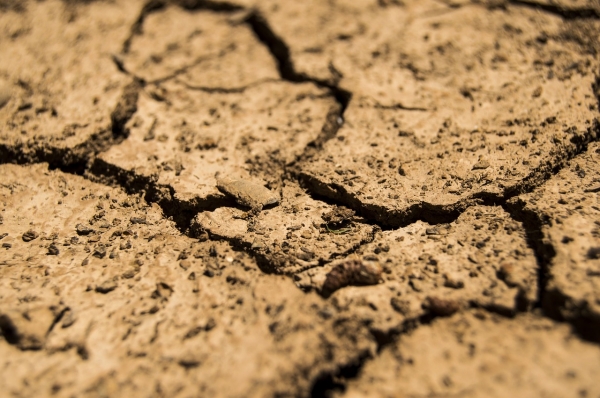‘Wet gets wetter, dry gets drier’. That mantra has been used for decennia to predict how global warming will affect the hydrological cycle in different world regions.
‘Wet gets wetter, dry gets drier’. That mantra has been used for decennia to predict how global warming will affect the hydrological cycle in different world regions. But if climate models predict that much of tropical Africa will enjoy a future with wetter weather, then why does it keep getting drier in certain parts of the African tropics, like the Horn of Africa? An international team of researchers have found a pre-historic climate tipping point that helps explain the disparity between these model predictions and the intensifying drought conditions in the Horn of Africa. Their new study was published in the scientific journal Nature on 9 August.
Moisture Equals Rainfall Minus Evaporation
Simply put, two main things make up how wet or dry an environment is: the amount of rainfall, and the amount of water that evaporates from the land and plants. In the tropics, higher temperatures typically bring along wetter weather due to stronger monsoons. At the same time, higher temperatures also cause more evaporation since in warmer air, water evaporates more easily.
And yet, recently parts of the world like the Horn of Africa have seen severe multi-year droughts with rising temperatures. A research team including lead co-authors Allix Baxter (Utrecht University) and Dirk Verschuren (Ghent University) have found an explanation for the disparity between climate model predictions and recent droughts in eastern Africa in the sediments of Lake Chala, located on the Kenya/Tanzania border near Mount Kilimanjaro.
Read more at Utrecht University
Photo Credit: daeron via Pixabay






